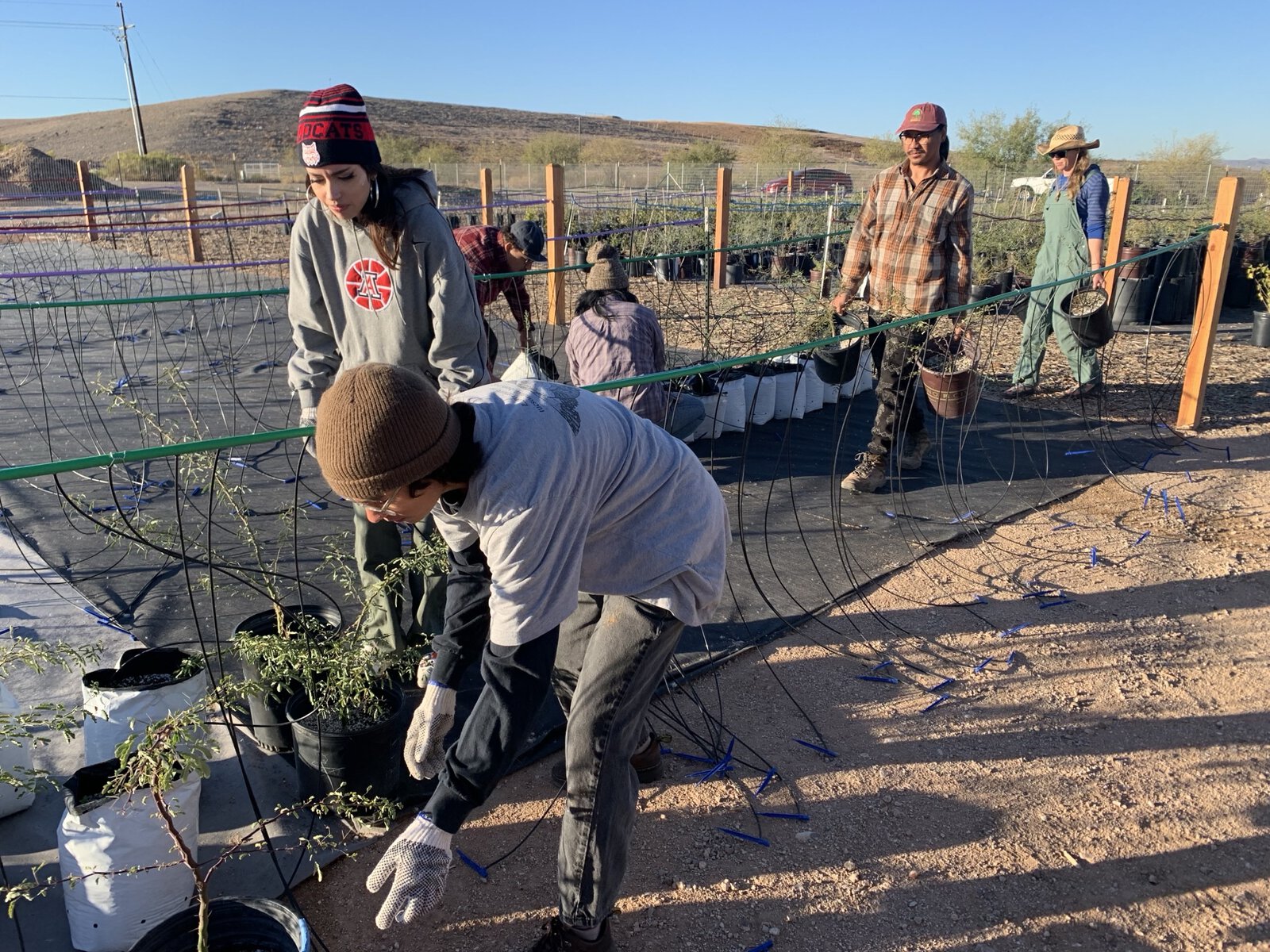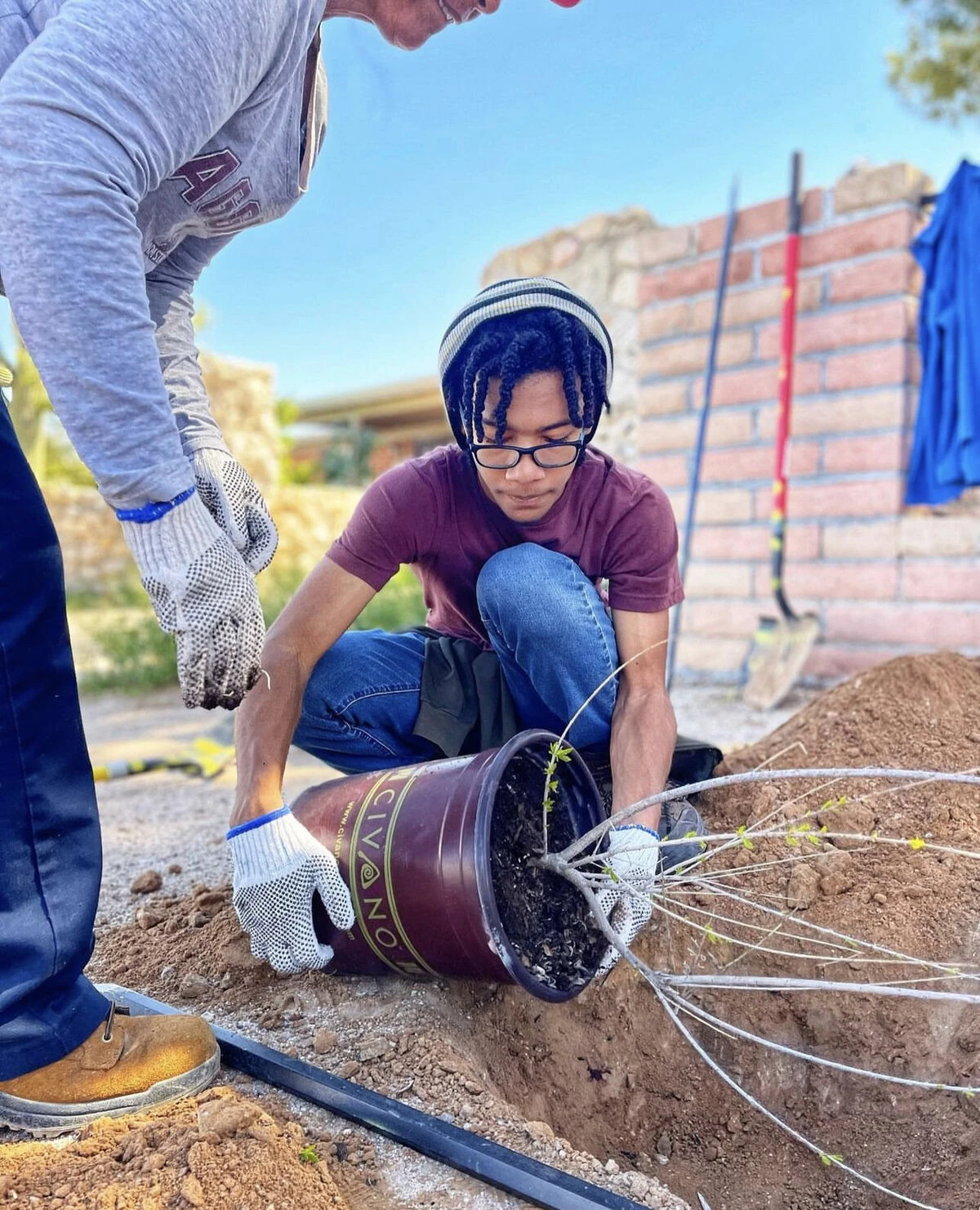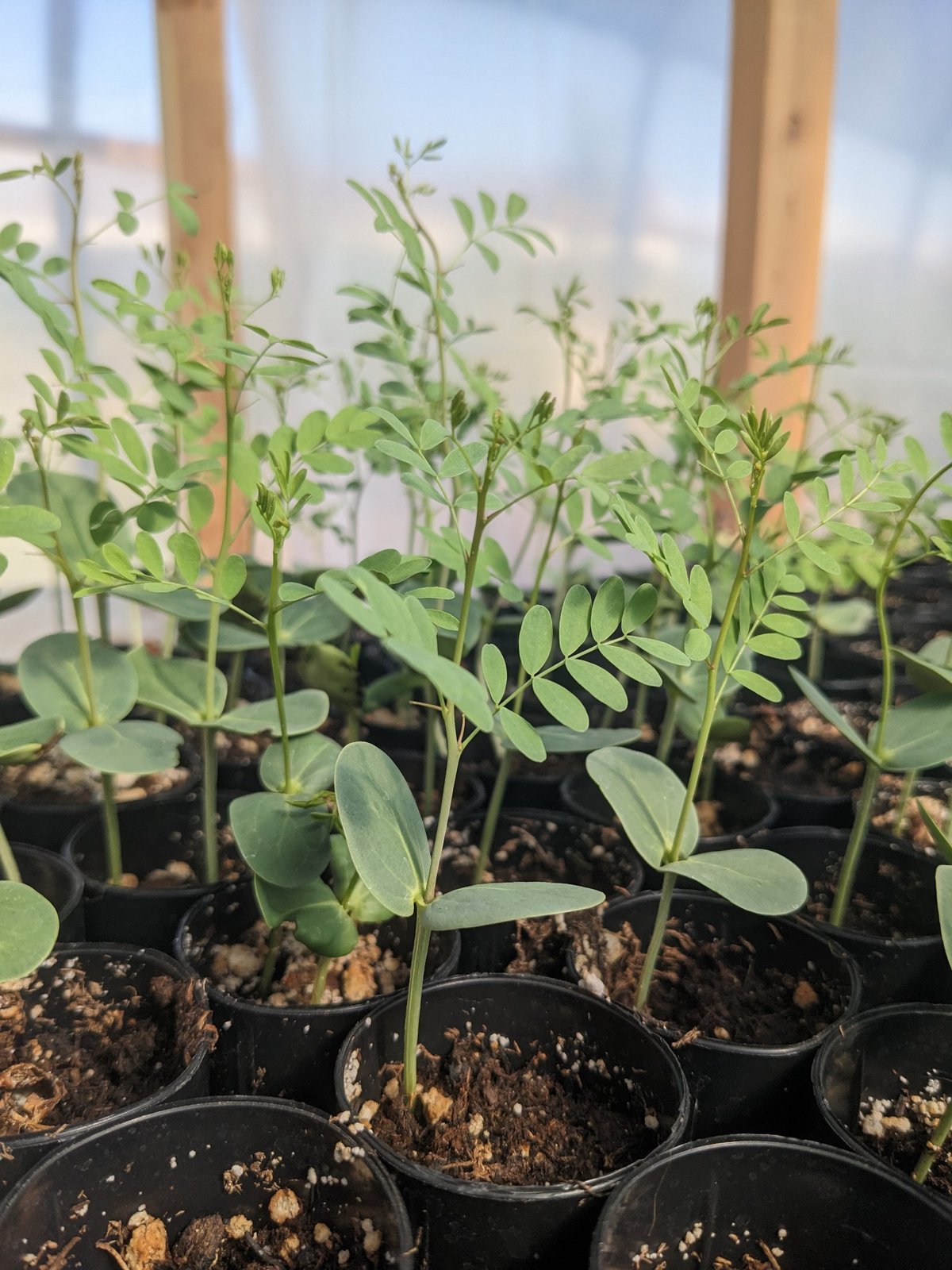You want to order from a local restaurant, but you need to download a third-party delivery app, even though you plan to pick it up yourself. The prices and menu on the app are different to what you saw in the window. When you download a second app the prices are different again. You ring the restaurant directly and it says the number is no longer in service. You go to the restaurant and order in person. You mention that their website has the wrong number and the woman behind the counter says they have to contact the company who designed the site for changes, which will cost them, but most people just order through an app anyway.
You want to watch the trailer for an upcoming movie on YouTube but you first have to sit through an ad. Then you sit through a preview for the trailer itself. Then you watch the trailer, which is literally another ad. When it ends, it cues up a new trailer, with a new ad at the start of it.
The first page of Google results are links to pages that have scraped other pages for information from other pages that have been scraped for information. All the sources seem to link back to one another. There is no origin. The photos on the page look weird. The hands are disfigured. There is no image credit.
Your coworker sends you a PowerPoint pack to support a presentation you are giving to the executive committee, but you can’t make heads or tails of it. You call them over Zoom and they tell you they used ChatGPT to write it. You point out that it is near-unreadable, and they ask what specifically is wrong with it. You mention that, for starters, there are too many words on each slide. They tell you they’ll take care of it. They send you a new pack within the hour saying they asked ChatGPT to remove 30% of the text. It makes even less sense. You tell them you’ll just rewrite it yourself.
A billionaire got mad, bought your favourite social media site and ran it into the ground. A different billionaire got mad, bought the magazine site you liked to read on your lunchbreak and shut it down completely. A third billionaire did what they do best, bought the app you use for networking and sold it off for parts.
You want to watch a TV show from your youth so you check a streaming service, but it is not there, so you check a second streaming service but it is not there, so you check a third streaming service and it is not there. You search for it on Blu-ray but it doesn’t exist, so you search for it on DVD but it is out of print. You find a seller on eBay who has it, but the listing reads ambiguous as to whether it is the real thing or a burnt copy. You message the seller and they reply with an automated response thanking you for your interest.
You can’t read the recipe on your phone because it prioritises the ads on the page. You bring your laptop into the kitchen and whenever you scroll down, you have to close a pop-up. You turn AdBlock on and the page no longer loads, then AdBlock sends you an ad asking for money.
The Airbnb charges you a $150 cleaning fee, but insists the place needs to be left spotless. There will be a fee if the bedding hasn’t been stripped and the dishwasher hasn’t been emptied.
Your Uber driver is lost because his app hasn’t updated and keeps telling him to turn down streets that no longer exist. You still give him five stars.
Your mother sends you a link to a breaking story, but the article is behind a paywall, so you switch to the website where you do pay for news but there’s no mention of it.
You buy a microwave and receive ads for microwaves. You buy a mattress and receive ads for mattresses.
Strangers on social media assume you are American and get mad when you correct them.
Your Gmail is approaching storage capacity.
Your smart TV needs new firmware.
Your phone schedules an update.
Your friend has a short story published online but you need to pay for a subscription to the site in order to read it. You message them and ask if you could get a copy. They say ‘sure’ and send you a PDF. You read the story and like it. You are curious about one detail. You message them for more information and they recommend checking out the Wikipedia page. You read the Wikipedia entry and there is a lot of useful information supplied by a community. One of the sources cited is a non-fiction book. You go to your local library’s website and although they don’t have the exact book, they do have others by the same author. You place a hold on two of them, then go get your shoes on.
Gregory Bennett is a writer and filmmaker from Wellington whose accent comes from Invercargill. They hold a Masters in Creative Writing from the IIML and currently work for a disability support services provider in Melbourne, Australia.







